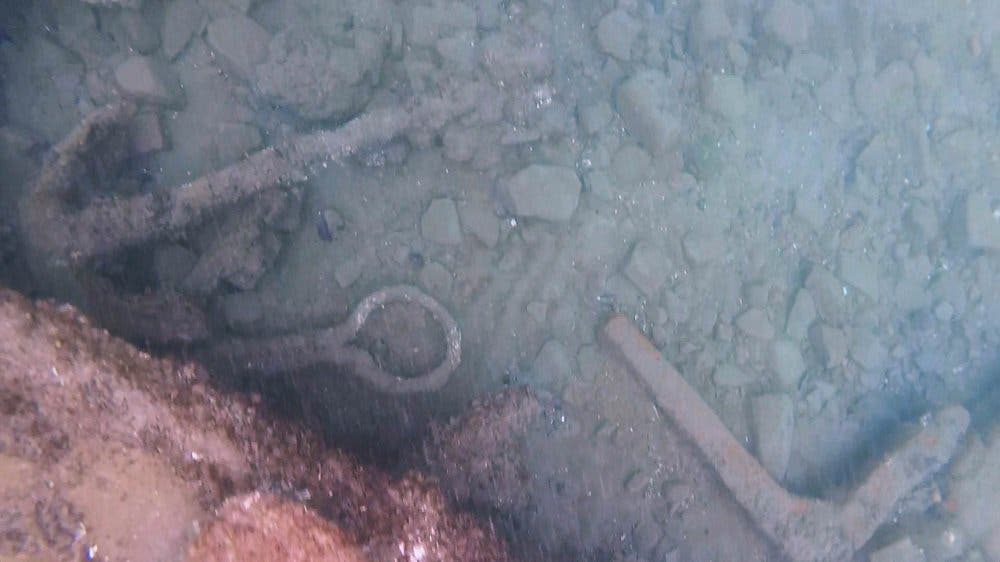Archaeologists working at NOAA made a surprising discovery – they found the remains of a century-and-a-half old whaling ship. The ship was “made available” for archaeologists by an extremely warm 2015.
Two whaling ships were found in total; they were part of a whaling fleet of 40 that were destroyed in a legendary shipwreck in September 1871. The Whaling Disaster of 1871 was a big hit to an already declining whaling industry. Seven ships managed to escape, but 33 were trapped, leaving a total of 1,219 stranded. The survivors crossed 70 miles (110 km) of ocean in small boats. Amazingly, they all survived, being rescued soon after.
The total loss was valued at over $1,600,000 ($31.6 million in today’s dollars).
“Earlier research by a number of scholars suggested that some of the ships that were crushed and sunk might still be on the seabed,” said Brad Barr archeologist and project co-director from NOAA. “But until now, no one had found definitive prove of any of the lost fleet beneath the water.”
Researchers used geophysical techniques like sonar and remote sensing to find the ship. It was very likely that the ice preserved at least some parts of the ship.
“Usually, the Arctic does not destroy ships if there is a natural obstacle like a sand bar, large rocks or a sheltered cove to partially divert the force of tons of ice.” James Delgado, maritime heritage director for NOAA said.
But as happy as they were to discover the shipwreck, this actually signals some bad news. It’s only due to global warming that the ice retreated enough. As if to amplify that feeling, archaeologists said they expect to investigate even more Arctic shipwrecks as climate change continues to take its toll.










